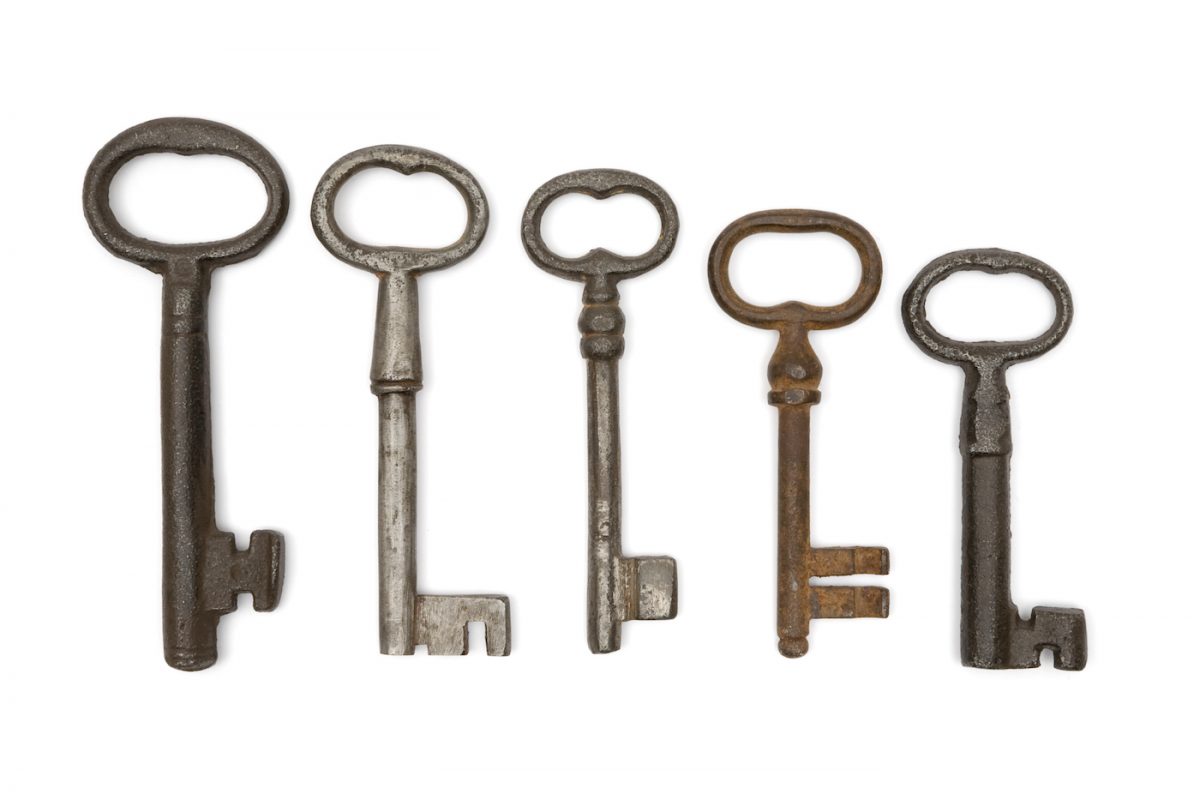In Maria José Ferrada’s lucid, minimalist How to Turn into a Bird, Ramón’s job is to take care of a Coca-Cola billboard in a Chilean community. Already an “odd, but not a bad person” who is “fond of a drop,” Ramón decides to ascend to the skies and takes up full-time residence in the billboard. The move gets the housing complex gossiping about his move and state of mind.
His nephew 12-year-old Miguel, who narrates this novel of curious, philosophical vignettes, visits and begins his own inquiry about the nature of life, conformity, madness, and freedom. Back on the ground, the community’s children are similarly enthralled. Then one of the children disappears, sending the adults into a panic, and reviving older memories of a disappearance. Miguel, ever questioning humanity, observes as the community descends into violence directed towards a family of homeless people.
I spoke to Ferrada via email with a translation provided by Elizabeth Breyer, who translated this novel and Ferrada’s previous novel, How to Order the Universe, about loners, the pursuit of happiness, and the spirit of childhood and how it is the antithesis of a dictatorship.
J.R. Ramakrishnan: Where did this book begin for you? What inspired Ramón, the billboard, and little Miguel?
Maria José Ferrada: I was drawn to write about someone who marginalizes himself by choice. Someone who could live like everybody else but decides not to. The idea interests me because it is the kind of reflection that makes you question the choices you have made in your own life, and whether you made some of them out of a desire to fit in, rather than as a response to what you truly wanted or needed. Ramón, the central character of the novel, goes to live up a Coca-Cola billboard because he decides to stop bowing to that extrinsic pressure. The central image is real: ten years ago, I read a newspaper article about a man who had started living up a Coca-Cola billboard. I wanted to imagine how his neighbors, his family, his community would interpret this decision. And above all, how a child would see it.
JRR: You have a prolific history publishing children’s books in Spanish and this is your second novel for adults with a main character who is a child. Would you talk a little bit about writing from the perspective of a child for adults after having written books for children?
I was drawn to write about someone who marginalizes himself by choice. Someone who could live like everybody else but decides not to.
MJF: I count on the adult reader having more context than the child reader. Adult readers can use their own experience to fill in the gaps, to grasp all that the child narrator does not say. On the other hand, a child narrator does not have many discursive tools with which to describe his perceptions of what is happening around him. But he still needs to say it. We adults allow ourselves to be vaguer. We can go around in circles and ultimately say nothing really engaging. A child narrator doesn’t do that because children don’t generally do that. It’s closer to reality: there’s less of a discourse mediating between them and what they observe.
JRR: In the novel, you have the conflict of the homeless children and the concern that they would affect the children of the housing complex. This ultimately leads to violence by the residents. Is there really such a thing as childhood innocence? And would you say Chilean writers of your generation (having grown up in the Pinochet era) have a specific fascination with childhood? I am thinking of your literary compatriots such as Nina Fernández (especially in Space Invaders) and Alejandro Zambra.
MJF: I believe that everyone has such personal motivations, so it is difficult for me to speak in general. In my case, I would not speak of fascination, but of great interest, because it is a time when we ask ourselves fundamental questions, we look for meaning—children ask themselves why we are alive, and why we die one day—and it is a very serious quest. Those of us who were born in Chile in the ’70s or ’80s lived through a dictatorship. And a dictatorship is precisely an affront to that search for meaning: the dictator wants to be right and does not want you to ask questions. It is the absolute reversal of the spirit of childhood. In fact, it is very difficult to imagine a dictator as a child.
As for innocence… I think it’s a word that is a bit discredited. It is associated with naivety. I prefer to understand it in the sense of someone who has a fresh perspective. In that sense I think there is innocence in certain children and in certain people who seem to maintain a connection with a kind of original simplicity.
JRR: Ramón makes a successful (?) escape from the capitalistic society through the Coca-Cola billboard while others are resisting in smaller ways. Paulina and Miguel stealing, and Paulina dreaming of being a film extra while arranging her products. Ultimately, all three escape the community and perhaps, capitalism? Have they achieved the “OPEN HAPPINESS” promised by the Coca-Cola billboard at the end?
MSF: I think the characters realize that happiness as a goal is an invention—an effectual one—of Coca Cola. I like to think that as the novel progresses, the characters shed the anxiety that is generated when pursuing something like that. They lose things, of course, but they get closer to something like freedom, because no other person has decided anything for them. That other has many faces, it can be a mother, a school, but it can also be a group that, with the best of intentions, ends up dictating the rules and being terribly cruel to those who do not fit the mold. My characters are loners and respect their own need for solitude. It is not easy for them because their environment—their family, their school, their neighborhood—wonders, How could it be possible that this person does not want to live like us? How could he or she not want to believe in the truths we believe in? The easy way out is to quickly decide that the person who has chosen to live differently is “weird” or “crazy”—or any other derogatory label—and from there, dismiss him or her. We see it every day.
JRR: You have published a memoir of your time in Japan, and I am curious, how your time there informs how your work, and perhaps specifically this novel?
MSF: I am a passionate reader of Japanese writers. Among them, some poets who practiced Zen Buddhism. I am especially interested in their relationship with language. For them language is a trap, a kind of wall that stands between the self and reality. Their quest has to do with reaching a direct experience that is not mediated by language. And I think children know that experience. Because there is a moment when they approach reality without words that allow them to order it. And on that path, they can catch glimpses of meaning that escape us. I think that in some sense that is the same thing that the characters in this novel do.
JRR: I tried to read both English and Spanish versions simultaneously and it was super interesting as someone with unsophisticated but very functional (Mexican) Spanish. What was your reaction to reading your novel in English for the first time, which I am assuming you did? For example, the title is different in Spanish (El Hombre del Cartel). Tell us about the conversations you and Elizabeth Breyer had about changes like this.
MSF: This is the second time I have worked with Elizabeth as a translator and I marvel at her ability to find the right words and silences. Because there are many things that a child narrator does not understand, so she leaves gaps in the text. Translating those gaps must be difficult, but when I read the English version I see that they are there and that the text gets a particular rhythm from them.
The process was very nice, because in the case of this novel there were very concrete spatial things: where the sign is located, what I mean when I talk about a village or a dirt field. We came to the conclusion that the best thing to do was to send images. I imagine they helped Elizabeth to tell that landscape in her language. Anyway, I think that, as in the previous novel (How to Order the Universe) she found the words that a child would have used: simple words, which are not necessarily the easiest to find.



























































